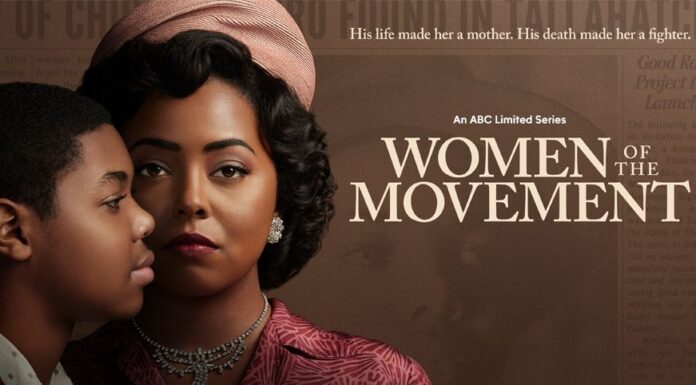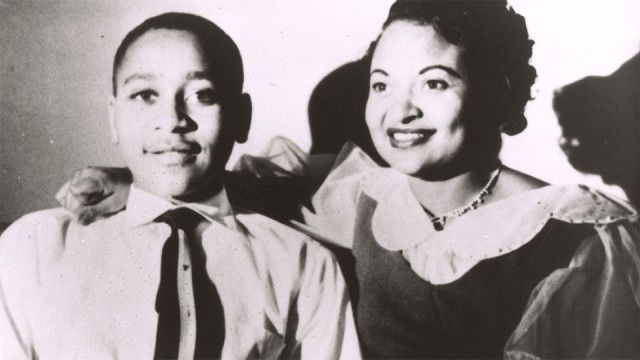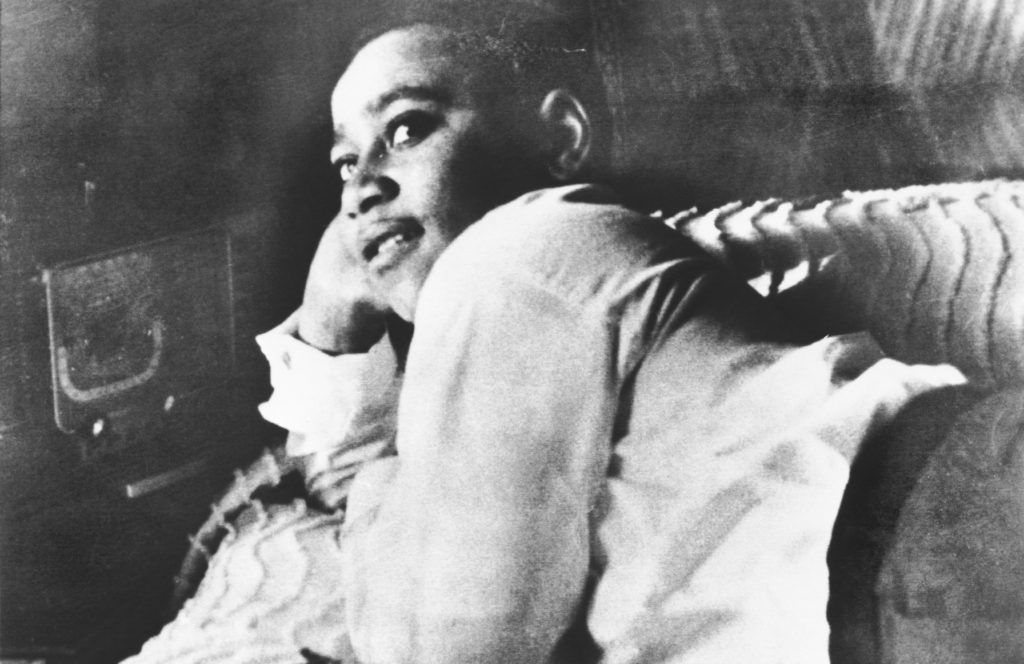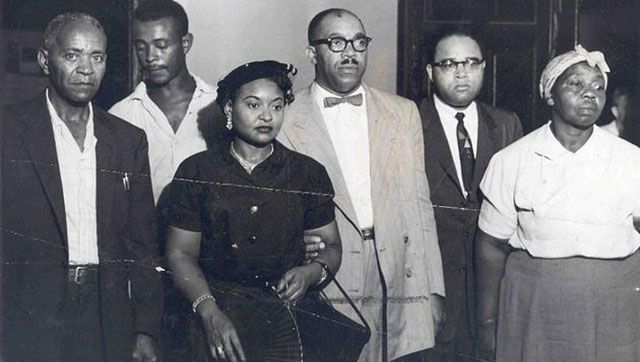Women of the Movement is a story about Mamie, a lady who helped spark the Civil Rights Movement as her grief hardens into a grim resolve to not let her killed 14-year-old boy be forgotten. It continues to play a part in today’s Black Lives Matter movement over 60 years later. This is the type of socially conscious, emotionally charged miniseries. . Adrienne Warren gives a fiery intensity to her portrayal of yet another powerful female warrior: Mamie Till-Mobley. With racism and police violence still prevalent in modern American society, many people are wondering whether the six-part series is based on real people and real events. The Women of the Movement on ABC and Emmett Till’s mother Mamie has been covered in depth by the tvacute.
How to Watch Women of the Movement Finale?
On ABC Women of the Movement: Is Based on a True Story?
The ABC limited series is based on the true story of Emmett Till’s assassination and the impact it had on the Civil Rights Movement. Marissa Jo Cerar came into the project with a strong concept of how she wanted to portray the subject – the tragic story of Emmett Till’s life and death in such a way that it would resonate with viewers.
The True Story of Emmett Till’s mother
A true story of Mamie Till, a woman who dedicated her entire life to bringing Roy Bryant and J.W. Milam to justice for the murder of her son in 1955. Emmett Till was just 14 years old when he was shot and killed by a white police officer in 1965.
Who is Mamie Till?
Mamie Till, Emmett Till’s mother, was born in Mississippi in 1921 and came to Chicago with her parents during the “Great Migration,” which saw over six million African Americans flee the rural South for the cities of the North. She met Louis Till, an amateur boxer from New Madrid, Missouri, when she was 18 years old. Their son Emmett Till was born on July 25, 1941, after they married on October 14, 1940.
Mamie’s First Divorced
Mamie Till writes in her biography Death of Innocence: The Story of the Hate Crime That Changed America that she and Louis Till divorced shortly after Emmett’s birth after learning he had been unfaithful. She finally secured a restraining order against him, and he was conscripted into the United States Army, leaving her to raise their son alone. Her husband was killed in army service in Italy, and she received word from the War Department in 1945. Louis Till and his accomplice, Fred A. McMurray, were found guilty of raping an Italian woman.
Mamie’s Second Divorced
In the early 1950s, Mamie and Emmett Till moved to Chicago’s South Side, where Mamie Till married her second husband, Pink Bradley. Two years later, they divorced.
What happened to Emmett Till?
Emmett spent the summer of 1955 in Money, Mississippi, with his relatives. He was kidnapped, tortured, and killed on August 28, 1955. Roy Bryant and J.W. Milam broke into Emmett Till’s great-home uncle’s in the early morning hours of August 28, 1955, and kidnapped the boy at gunpoint. They then severely beaten him and scratched out one of his eyeballs before dragging him to the Tallahatchie River’s banks, where they shot him in the head with a single gunshot. After that, Till’s body was connected to a huge metal fan and thrown into the river. On August 31, his body was discovered in the river, barely recognizable.
Who was behind the murder of Emmett Till?
Who murders Emmett Till? Roy Bryant, Bryant Donham’s husband, and J.W. Milam, Bryant Donham’s half-brother, were tried in September 1955 for the murder of Emmett Till but were acquitted by an all-white jury.
How was Emmett Till’s death brought to the fore around the world?
Mamie Till asked that her son’s coffin be left open at his funeral. This allowed mourners to view the full extent of Emmett Till’s horrific injuries. in her words, “I wanted the world to see what they did to my baby.” Photographs of Emmett Till’s body were also widely circulated around the world, and they constituted a watershed moment in the civil rights movement.
Who was found guilty of the murder of Emmett Till?
Bryant and Milam were found not guilty of Till’s murder by an all-white jury in September 1955. Protected from double jeopardy, the two men publicly acknowledged killing Till in a 1956 interview with Look magazine.
In December 2021, the US Justice Department stated that the inquiry into the assassination of Emmett Till would be closed. As a result, no one has ever been found guilty of Emmett Till’s murder. The absence of justice in her son’s case inspired Mamie Till to spend the rest of her life fighting for her son’s name and punishing those who were involved.
Mamie Till’s Activism
Mamie Till was also an activist who attempted to educate people about racial injustice and what happened to her son. She earned a bachelor’s degree in education administration from Chicago Teachers College (now Chicago State University) and a master’s degree in education administration from Loyola University in Chicago.
Mamie Till was even invited to talk about her son on a national tour by the NAACP. She also founded “The Emmett Till Players,” a non-profit organization dedicated to educating children about the civil rights fight.
On the 35th anniversary of the march over the Edmund Pettus Bridge, a rally for Emmett Till was organized in Selma, Alabama in 2000.
Mamie Till described this in her memoir: “Emmett had made the tremendous influence in death that he had been denied in life, I understood. Nonetheless, I had no desire for Emmett to be a martyr. All I wanted was for him to be a good son. Despite the fact that I recognized all of the excellent things that had been accomplished as a result of so many people’s efforts, I found myself wondering that we could have done it in a different way.”
The Emmett Till and Mamie Till-Mobley Institute were established at Northwestern University on what would have been Mamie Till-100th Mobley’s birthday. Professor Chris Benson told The Chicago Tribune that the group’s goal is to “carry on Mobley’s educational activism by exploring new techniques and teaching one another.” She also worked in the education system for almost 40 years, assisting low-income youngsters.
Mamie Till’s Death
Till’s mother married Gene Mobley and changed her surname to Till-Mobley after becoming a teacher. She continued to spread the word about her son’s assassination. Till-Mobley had the opportunity to listen in on Bryant’s questioning concerning his role in Till’s murder in 1992.
she lived until his death in the year 2000. Mamie Till died of heart failure on January 6, 2003. “Her pain unified a nation,” reads Till-headstone Mobley’s in Burr Oak Cemetery, where she was buried near her son.
In 2003, 50 years after Emmett Till’s death, her memoir, Death of Innocence: The Story of the Hate Crime that Changed America, was published.
Marissa Jo Cerar came into the project with a strong concept of how she wanted to portray the subject – the tragic story of Emmett Till’s life and death.
While the story follows Till’s death, Cerar, the project’s executive producer, and showrunner recognized that “it was really important to me that we did not begin the series with a dead body. I did not want to be that show. I wanted the audience to see their brother, their cousin, their neighbor, their child’s friend at school, their student, the little boy who walks into the corner store. I wanted this to be a family drama that happens to be about a true crime.”
“In Episode 1, we establish up the family and the lives, and we are absolutely consciously humanity forward,” she says of the story’s pacing. We wanted to spend the first episode introducing you to these characters and having dinner with them before we saw the disaster. We’ll see the consequences of Emmett’s captivity in episodes 2 through 6.”
There was another element about the story that was imperative to reiterate as much as possible, says Cerar. “It was really important to me that we state his age in every episode, [because] even in court, they refer to him as a man. It was a strategy. Emmett had just turned 14 before he went to Mississippi to visit family, and that was so important that we constantly remind the audience that he was a 14‑year‑old boy.”
Adding to this thought, Warren adds, “There’s so much responsibility in telling [these] stories of people, especially our ancestors, this history is our history. It is an honor to have the opportunity to tell their stories.”
Cerar agrees that There was some thoughtful editing that had to take place, “[With] any true story you can’t put every single minute on the page or even on the screen. So, yes, it was very difficult to condense, summarize, and contain the story, but I’m so proud that we were able to tell as much as we did.”
She does, however, stress out that, while the timeline was shortened, there were no liberties taken in telling Till’s actual story. “The truth is we didn’t have to change anything. We didn’t have to manipulate anything.”
What happened to Till and the aftermath of it still resonates today, for a multitude of reasons, says Cerar, explaining, “Literally, while I was writing the finale, it was the summer of George Floyd, So, it’s still happening. We just told the story, and the audience will come to their own conclusions; but unfortunately, we are still experiencing the same injustice and trauma.”
‘Women of the Movement’ begins on ABC at 8 p.m. on Thursday, January 6th. -Published First Published on: Jan 20, 2022 at 15:32










